Our water comes from a fully protected natural spring water source that has been established for over 100 years.
It is a superb quality low sodium, neutral PH natural spring mineral water which combines a unique mineral content and a refreshingly neutral taste.
The water is drawn from aquifers situated hundreds of 250 metres below ground which meet the all relevant legal and regulatory requirements.
Delivering Impeccable Quality Standards
Currently our Spring Water is tankered in to our bottling plant at our HQ where it is subject to the first of a series of highly rigorous quality control procedures including:
– tanker discharge inspections
– product certification/testing
– sterilised unloading procedures
– certificated auditing of tanker sterilisation
– water analysis certification
Triple-Triple Filtration
Our Accredited Spring Water supplier triple filters the product to 1 micron before we receive delivery.
It is then subject to our own in house additional triple filtration to achieve a finished water of 0.2 microns absolute.
This filtration depth ensures product integrity and quality.
Ozone Treatment
Ozone is not a chemical agent but an unstable atom of oxygen and is a very good oxidising agent. It will kill any residual contamination or living bacteria present. And because it’s not chemically based when it decomposes after use it reverts back to oxygen and water and is a very safe method of final sterilisation.
With ozone there is no question of harmful chemical residues remaining in the cooler components which could harm humans.
There is no question of chemical carry over unlike processes which use rinsing where residues can be left in the cooler which could potentially kill someone.
Public Health England Testing
Subsequent independent microbiological tests on the same batch are conducted by Public Health England who provide a report on every single batch of water we supply.
We only distribute this water once it conforms to strict quality, safety and hygiene standards for public consumption.
About Natural Mineral Water
Spring water occurs naturally underground in a layer known as an aquifer. It contains dissolved natural minerals derived from its hydrogeological journey
Each natural mineral spring water source has a unique chemical composition and a distinctive taste.
And there have been many testimonies to its therapeutic effects for centuries.
Natural spring mineral waters are classified as one with very low, low, medium or high mineral content.
Water with a high mineral content tends to indicate a longer duration to reach the abstraction point, thus absorbing more minerals.
Spring waters can be further classified according to their ion structure ie:
- sulphate waters
- bicarbonate waters
- sodium chloride waters (saltwater)
 Approved At Source
Approved At Source
Suppliers of this water are required to comply with the provisions of The UK Natural Mineral Water, Spring Water and Bottled Drinking Water Regulations 1999 and the EU Natural Mineral Waters Regulations Council Directives 80/777/EEC and 80/778/EEC.
And to receive approved Natural Mineral Water Status, the water has to be categorised by a number of criteria including its mineral and trace elements content and stability, its purity at source and other aspects including conservation.


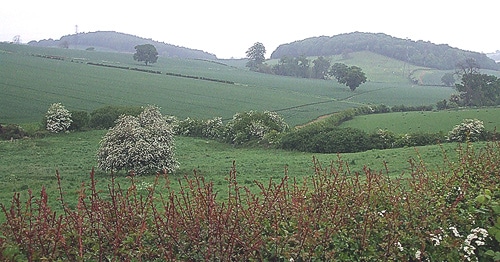


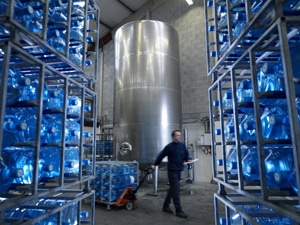

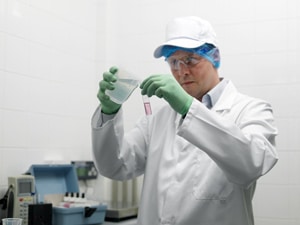
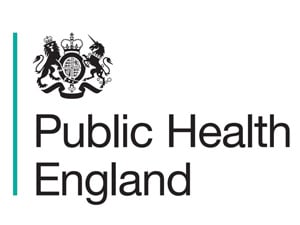
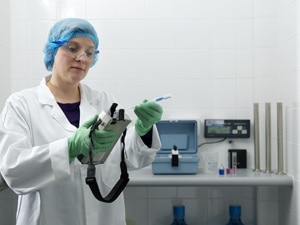


 Approved At Source
Approved At Source